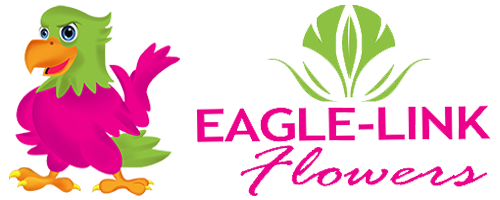
The Dutch floriculture industry is widely known as the leading industry in the world. It is the center for international marketing for cut flowers. The Netherlands has quite advanced methods of production and innovative marketing mechanism. The Netherlands makes up only 10% of the world’s total production but the country’s export volume accounts for 60% of world export (Market News Services, 2008).
It has centennial experience in the flower business. Growers are supported by several services in terms of research and development, and efficient distribution system well connected by air and by ground transportations with the most important producing and consuming countries. The driving force for the success of the industry is related to the crucial role of the auctions and the well developed infrastructure.
Production trends in the Dutch flower industry
The production share of the Dutch floriculture stands at 27% in the agriculture sector in the Netherlands. The total area of cut flowers, including propagation was 3,499 ha in This steadily decreased to 2,809 ha between 2007 and 2008. The number of ornamental plants cultivated under glass, the production of flower bulbs and propagating materials decreased considerably between 2003 and 2008.
This indicates the weakening position of the Dutch floriculture industry in production. The industry shows a correlation between value of production and cultivation area (ha). The production in millions of euros decreased by 13% in 2008 from €9,954 million to €9,743 million.
Despite the decrease in production the labor market in the industry experienced a slight increase in As the competition got stiffer, the number of exporters declined from 1,156 down to 911 between 2003 and 2008 (Flower Council of Holland, 2008).
That could be related to the high logistics requirements to export large volume of flowers, so only big and economically viable exporters could survive.
Export trends for Dutch flower products
The Netherlands play a pivotal role in the world flower industry and trade. The main export destinations for Dutch flowers are European countries, the USA and eastern Europe. African and Asian countries are the main destinations for the Dutch planting materials.
Majority of planting materials for Kenyan and Chinese flower producers come from The Netherlands. Export of planting materials to Kenya and China increased to 17.2 and
36.6% respectively, in 2008, making Kenya and China the 16th and 30th destinations for Dutch planting materials in the world (Market News Services, 2008). Germany,
United Kingdom, France, Italy, Belgium, and Russia were the leading destinations for Dutch flower products in 2007 and 2008.
Import and local supply for the Dutch flower industry
During the last five years, the quantities of imported cut flowers increased by 15.2% and the average price increased by 12.9%. At the same time the locally-produced stems
decreased by 6.8%, while the average price increased by 8%. The total quantity of stems imported in 2008 was 3.7 billion and the locally-produced was 7.7 billion (Market
News Services, 2008) .
Auctions
The Dutch auctions are the largest flower market in the world. Four Dutch companies participated in the auctions in 2003 – 2007. However, in 2008 the number of Dutch
auctions reduced to two. The turnover of the auctions grew in 2007/2008 at an insignificant rate of 0.3 and 4% (Flower Council of Holland, 2008) for Flora Holland flower
auction and Plantition flower auction, respectively.
The Dutch flower auctions use a clock system to determine the price of flower products (Wijnands, 2005).
 English
English
 French
French
 German
German




